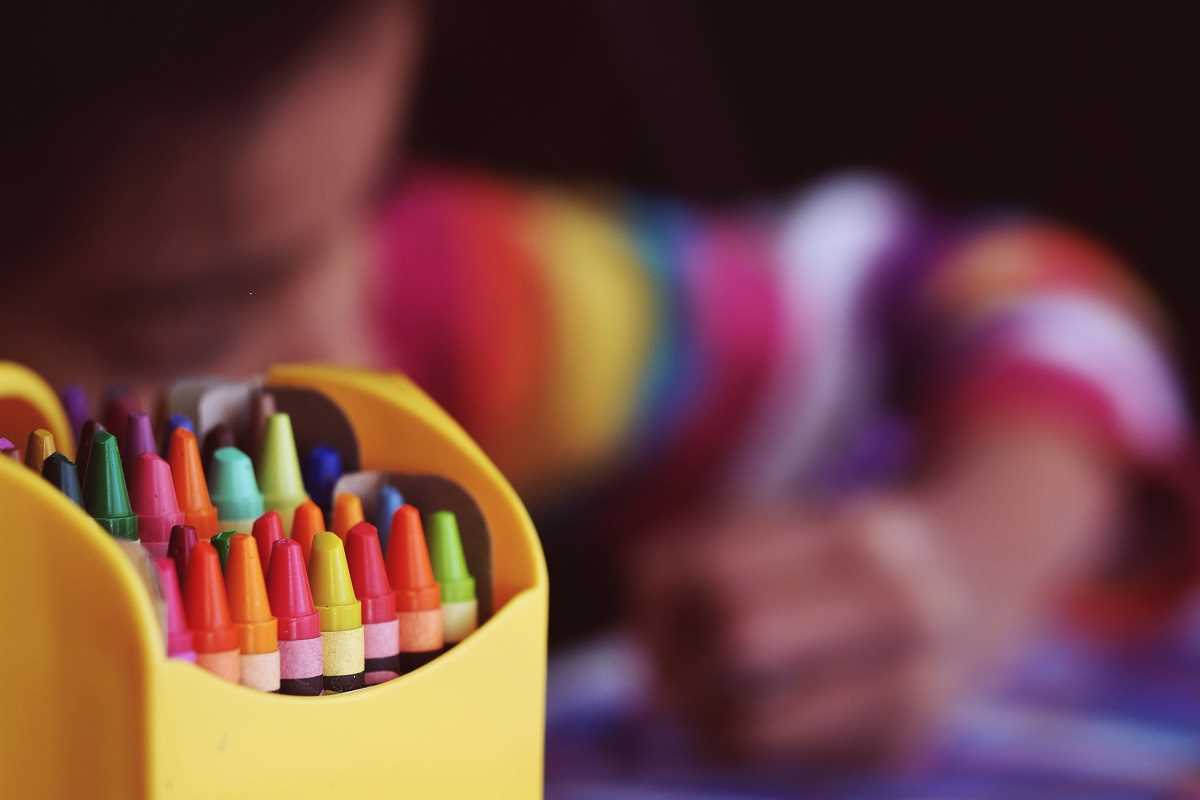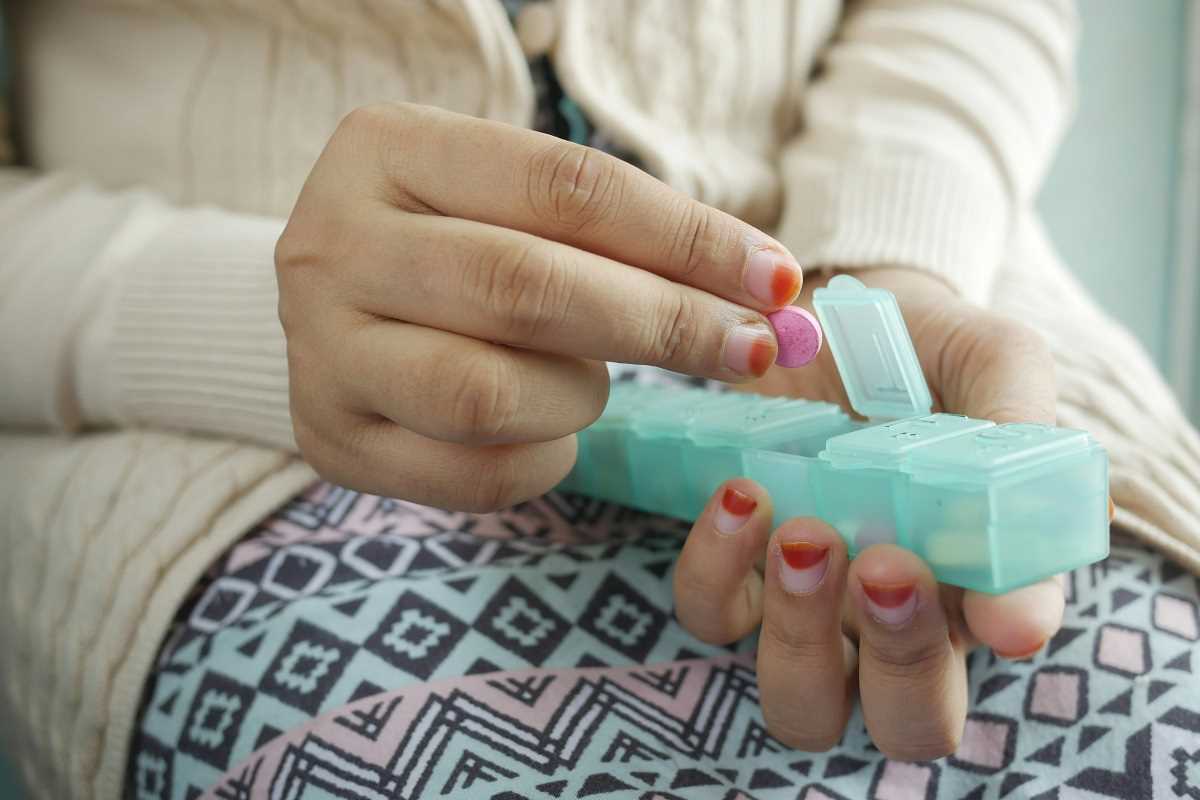Attention-Deficit/Hyperactivity Disorder (ADHD) is one of the most common neurodevelopmental disorders affecting children. Characterized by persistent inattention, hyperactivity, and impulsivity, ADHD impacts a child’s ability to focus, regulate their emotions, and manage daily tasks. Parents of children with ADHD often face challenges navigating academic struggles, social difficulties, and emotional outbursts. To better support children, caregivers often seek management strategies that include both holistic and medicinal approaches. This article explores these approaches, examining their benefits, drawbacks, and how they can work together.
Understanding ADHD in Children
ADHD symptoms typically appear during early childhood and can extend into adulthood. Common signs include difficulty concentrating, inability to sit still, talking excessively, frequent daydreaming, and an impulsive need to act without thinking through consequences. These behaviors can affect performance in school, relationships with peers, and overall self-esteem.
The challenges caused by ADHD go beyond the individual child; family members also bear the weight of the condition. Parents may struggle to find effective discipline while fostering emotional growth. Siblings might feel overshadowed or neglected due to frequent attention given to the ADHD-affected child. Understanding ADHD is the first step in deciding the best course of management, whether through medication, lifestyle adjustments, or a combination of both.
Holistic Approaches to Managing ADHD
Holistic or non-medicinal approaches focus on addressing ADHD symptoms through changes in lifestyle, environment, and personal habits. While these strategies don’t "cure" ADHD, they aim to improve attention, behavior, and emotional control over time.
- Dietary Changes
Diet plays a crucial role in overall brain health, and certain foods can influence ADHD symptoms. Many parents have reported improvements in focus and energy after adjusting their child’s diet. A nutrient-rich diet that includes lean proteins, omega-3 fatty acids, fruits, and vegetables can support better brain function.
Evidence also suggests that reducing sugar and avoiding artificial additives or preservatives can minimize hyperactive behavior. For some children, food sensitivities or allergies may exacerbate ADHD symptoms. An elimination diet, where potential trigger foods are removed and reintroduced gradually, can help identify problematic items.
- Physical Exercise
Frequent movement is incredibly beneficial for children with ADHD. Exercise helps release pent-up energy, reduces hyperactivity, and improves focus. Activities like swimming, martial arts, yoga, or simply running around outside can promote healthier brain activity while improving emotional regulation. Exercise also boosts dopamine levels in the brain, which can help improve attention spans naturally, much like ADHD medication.
- Mindfulness and Meditation
Mindfulness techniques, including meditation and yoga, have gained recognition as effective tools in managing ADHD. Regular mindfulness practice helps children become more aware of their thoughts and feelings, thus improving emotional regulation and focus. Techniques like guided breathing exercises or practicing short periods of stillness can help ADHD children develop stronger self-control.
Several studies demonstrate how mindfulness reduces impulsivity and fosters concentration. Since these activities also lower stress levels, they can equally benefit the child and their caregivers.
- Behavioral Therapy
Behavioral therapy focuses on understanding and changing a child’s patterns of behavior. Therapists work with children and families to establish clearer boundaries, reinforce positive behaviors, and reduce problematic actions through reward-based systems.
One effective technique is the creation of structured routines, especially useful for children who thrive on predictability. Therapy can also help children develop coping strategies for ADHD-related frustrations, such as feeling overwhelmed during school.
- Sleep Hygiene
Poor sleep can worsen ADHD symptoms, which is why establishing healthy sleep habits is essential. This includes consistent bedtimes, limiting screen time before sleep, and creating a calm, dark sleep environment. Children with ADHD often experience trouble falling or staying asleep, but addressing this can positively impact their daytime behavior.
Medicinal Treatments for ADHD
Medication is a common and well-established treatment for ADHD. These drugs can significantly reduce core symptoms, such as inattention and hyperactivity, by altering brain chemistry. But medication isn’t a one-size-fits-all solution, and deciding whether to use it is a deeply personal choice for families.
- Stimulant Medications
The most frequently prescribed medications for ADHD are stimulants such as methylphenidate or amphetamines. These medications increase the levels of dopamine and norepinephrine in the brain, improving focus and impulse control. Stimulants often provide quick and noticeable symptom relief, making them a go-to option for many families.
However, stimulant medications aren’t without drawbacks. Common side effects include appetite suppression, sleep disturbances, increased anxiety, or mild irritability. Some children may also experience "rebound" symptoms, where the problematic behaviors return when the medication wears off.
- Non-Stimulant Medications
For some children, non-stimulant medications like atomoxetine or guanfacine may be recommended. These drugs are slower-acting compared to stimulants but may suit children who experience severe side effects from stimulant use.
Non-stimulants can help manage emotional dysregulation and co-occurring conditions, like anxiety or oppositional defiance. However, determining the correct dosage often involves trial-and-error, which can be time-consuming and frustrating.
- Behavioral Interventions Combined with Medication
Research shows the most effective ADHD management often involves both medication and behavioral therapy. While the medication offers quick symptom relief, therapy ensures the skills necessary for long-term success are cultivated.
Comparing Holistic and Medicinal Approaches
When deciding between holistic and medicinal approaches, it’s essential to consider both the benefits and limitations of each strategy.
- Benefits of Holistic Approaches
Holistic interventions are non-invasive and encourage positive lifestyle changes that often benefit the entire family. For example, dietary improvements or increased physical activity offer overall health advantages beyond reducing ADHD symptoms. Behavioral therapy not only helps children but also empowers parents with practical tools to manage difficult behaviors.
- Drawbacks of Holistic Approaches
These methods require discipline, time, and patience. Results may not appear immediately, which can be frustrating for families seeking quick relief. Additionally, some holistic approaches may not address severe ADHD symptoms effectively. For instance, dietary changes won’t alter brain chemistry the way medication can.
- Benefits of Medicinal Approaches
Medication is often effective at quickly reducing ADHD symptoms. For children with severe difficulties concentrating or managing impulsivity, medicine can provide immediate relief and improve quality of life.
- Drawbacks of Medicinal Approaches
The side effects of medication may outweigh the benefits for some children. Families also need to consider the emotional impact of relying on daily medications, which can sometimes make children feel "different" or dependent on drugs to function.
Recommendations for Parents
If you’re considering strategies for managing ADHD, start with a thorough evaluation conducted by a pediatrician or a child psychologist. Understanding the severity and specific nature of your child’s symptoms will help guide your choices. Here are some key recommendations:
- Combine Strategies: Neither holistic nor medicinal approaches need to work in isolation. Many parents find success using medication during school hours while focusing on mindfulness, exercise, and behavioral therapy at home.
- Track Progress: Keep a journal of your child’s behavior under different approaches. This can help you and your healthcare provider identify what’s working and what needs adjustment.
- Prioritize Mental and Emotional Well-Being: All approaches should aim to enhance your child’s self-esteem and emotional health. Create an environment where they feel supported, not isolated or punished for their challenges.
- Be Patient and Flexible: What works today may not work tomorrow. ADHD is a dynamic condition, and successful management often requires ongoing adjustments.
By exploring different options tailored to your family’s needs, you can find a balance that helps your child thrive. Remember, ADHD doesn’t define your child; it’s just one part of their unique personality. With the right support, every child with ADHD can reach their full potential.
 (Image via
(Image via





